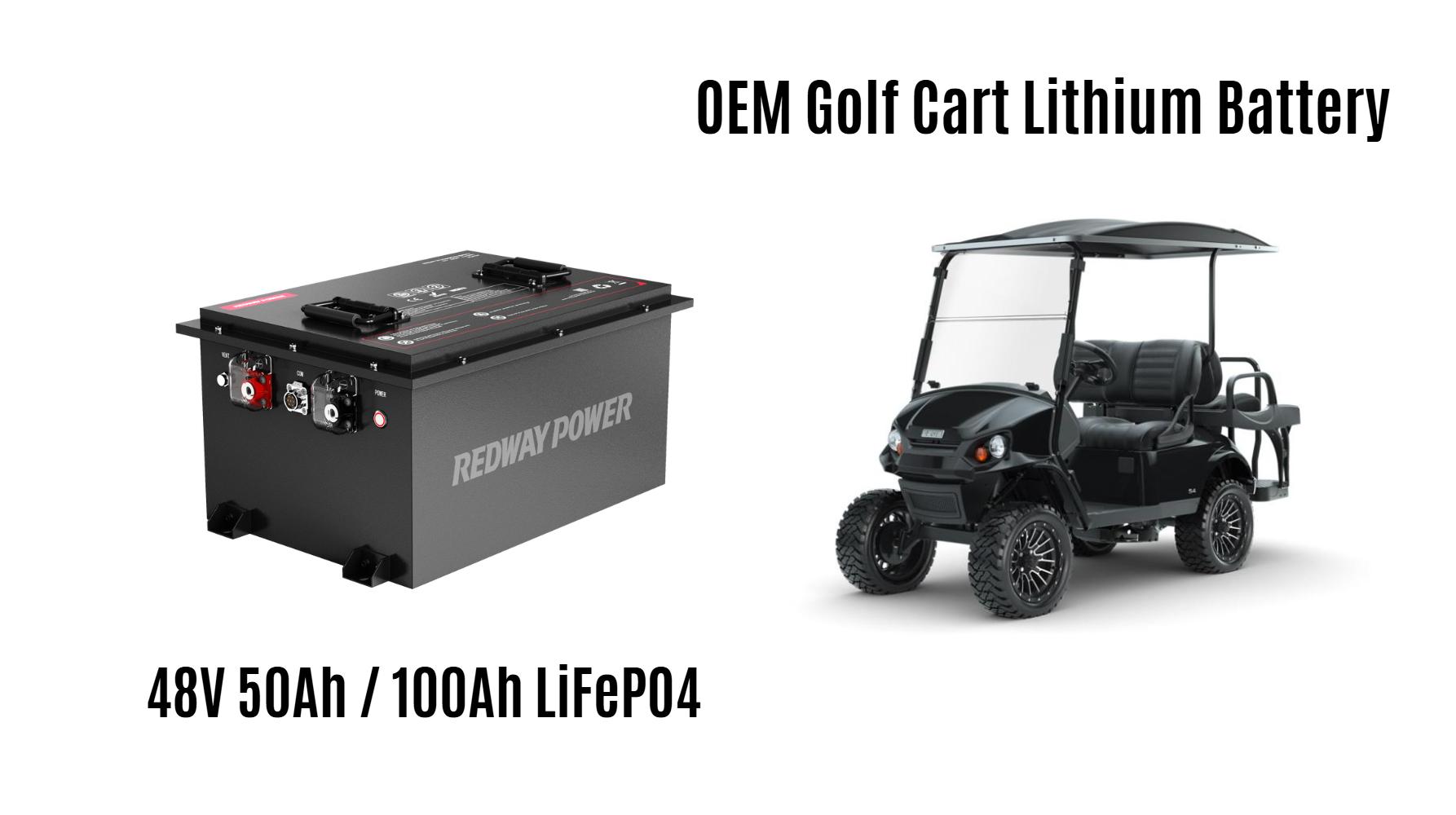Solar Batteries vs. Generators: Which Backup Power Solution Is Right for You?
Solar batteries store energy from solar panels for later use, offering silent, emission-free backup power but with higher upfront costs. Generators (gas, propane, or diesel) provide immediate, high-output power during outages but require fuel and produce emissions. Your choice depends on budget, energy needs, and environmental priorities. Solar batteries suit long-term sustainability, while generators excel in emergencies requiring high wattage.
How Do Solar Batteries and Generators Work?
Solar batteries store excess energy generated by solar panels in chemical form (e.g., lithium-ion or lead-acid). During outages, this energy powers home circuits via an inverter. Generators combust fuel (gasoline, propane, or diesel) to produce electricity instantly, typically powering entire homes through a transfer switch. Solar batteries rely on renewable energy, while generators depend on fuel availability.
What Are the Cost Differences Between Solar Batteries and Generators?
A solar battery system costs $10,000–$20,000 (including installation and solar panels), with a 10–15-year lifespan. Generators cost $500–$15,000 (propane models average $6,000), plus $50–$200 monthly fuel expenses. Solar batteries qualify for tax credits (e.g., 30% federal ITC), reducing long-term costs. Generators have lower upfront costs but higher recurring fuel expenses.
Which Option Offers Better Environmental Sustainability?
Solar batteries produce zero emissions and reduce reliance on fossil fuels by storing renewable energy. Generators emit CO2, NOx, and particulate matter, contributing to air pollution. A propane generator emits 135 lbs of CO2 per 24-hour use, while solar batteries have a 95% lower carbon footprint over their lifespan. Solar is ideal for eco-conscious households.
How Reliable Are Solar Batteries and Generators During Extended Outages?
Generators provide unlimited runtime with continuous fuel supply but fail during fuel shortages. Solar batteries last 8–24 hours per charge, depending on capacity and usage. Hybrid systems pairing solar batteries with generators ensure 24/7 reliability. Solar struggles in cloudy regions, while generators face fuel dependency. Battery capacity (kWh) and generator wattage (kW) determine outage preparedness.
What Maintenance Do Solar Batteries and Generators Require?
Solar batteries need minimal maintenance—annual inspections and software updates. Generators require monthly test runs, oil changes, and fuel stabilizers. Diesel generators need bi-annual coolant flushes; propane models demand leak checks. Solar batteries degrade 2–3% annually, while generators last 10–30 years with upkeep. Maintenance costs: $100/year for batteries vs. $500+/year for generators.
Can Solar Batteries Integrate With Smart Home Systems?
Yes. Solar batteries like Tesla Powerwall and LG Chem RESU sync with smart panels (e.g., Span) to prioritize essential loads during outages. Apps monitor energy storage, consumption, and grid status. Generators lack native smart integration but can connect via Wi-Fi-enabled transfer switches (e.g., Generac). Solar systems optimize energy use through AI-driven load management.
Are Solar Batteries or Generators More Scalable for Large Homes?
Solar batteries can be stacked (e.g., 3+ Powerwalls) to support 3,000+ sq. ft. homes, while generators scale via larger fuel tanks or dual-fuel models. A 22kW Generac generator powers 4,000 sq. ft. homes, but fuel storage limits runtime. Solar+storage scales infinitely with additional panels and batteries, ideal for expanding energy needs.
How Noisy Are Solar Batteries Compared to Generators?
Solar batteries operate silently (0 dB), whereas generators produce 60–90 dB—equivalent to a vacuum cleaner. Inverter generators (e.g., Honda EU2200i) reduce noise to 48–57 dB. Local ordinances often restrict generator use to daylight hours due to noise. Solar batteries avoid noise complaints, making them preferable for urban areas.
Expert Views
“Solar batteries are the future for off-grid resilience, but pairing them with a standby generator covers all scenarios,” says Redway’s Chief Energy Engineer. “Lithium-ion tech now delivers 90% round-trip efficiency, while generators remain vital for medical equipment or severe weather. Hybrid systems with smart controls offer the best ROI for most households.”
Conclusion
Solar batteries provide clean, quiet energy but require significant upfront investment. Generators deliver immediate, high-wattage power but incur ongoing costs and emissions. For sustainability and low maintenance, choose solar. For high-demand backup during infrequent outages, opt for generators. Hybrid systems maximize reliability. Assess your energy needs, local climate, and budget to decide.
When deciding between solar batteries vs. generators, it’s important to consider your specific backup power needs. Solar battery backup vs generator systems offer distinct advantages. Solar batteries provide sustainable and quiet energy storage, while generators are typically fueled by gasoline or diesel, making them less environmentally friendly. The debate of solar batteries vs. generators: choosing the best backup power solution often comes down to factors like cost, environmental impact, and energy independence.
For those looking to combine the benefits of renewable energy, solar with battery backup vs generator can provide the perfect solution. Solar systems with battery backup ensure a clean and reliable power source. To enhance your backup power options, Redway Battery, China LiFePO4 Battery Wholesale Supplier offers advanced lithium battery solutions for efficient energy storage.
FAQ
Which Is More Cost-Effective Long-Term: Solar Batteries or Generators?
Solar batteries save $10,000–$15,000 over 15 years via tax credits and eliminated fuel costs. Generators cost $15,000+ in fuel/maintenance over the same period.
Can Solar Batteries Power Air Conditioners?
Yes. A 13.5kWh Powerwall can run a 3.5-ton AC for 4–6 hours. Multiple batteries extend runtime. Generators handle AC units more efficiently but require fuel.
Are Solar Batteries Safe Indoors?
Yes. Lithium-ion batteries include thermal management systems and meet UL safety standards. Install them in garages or utility rooms. Generators must be placed 5+ feet from windows due to fumes.


